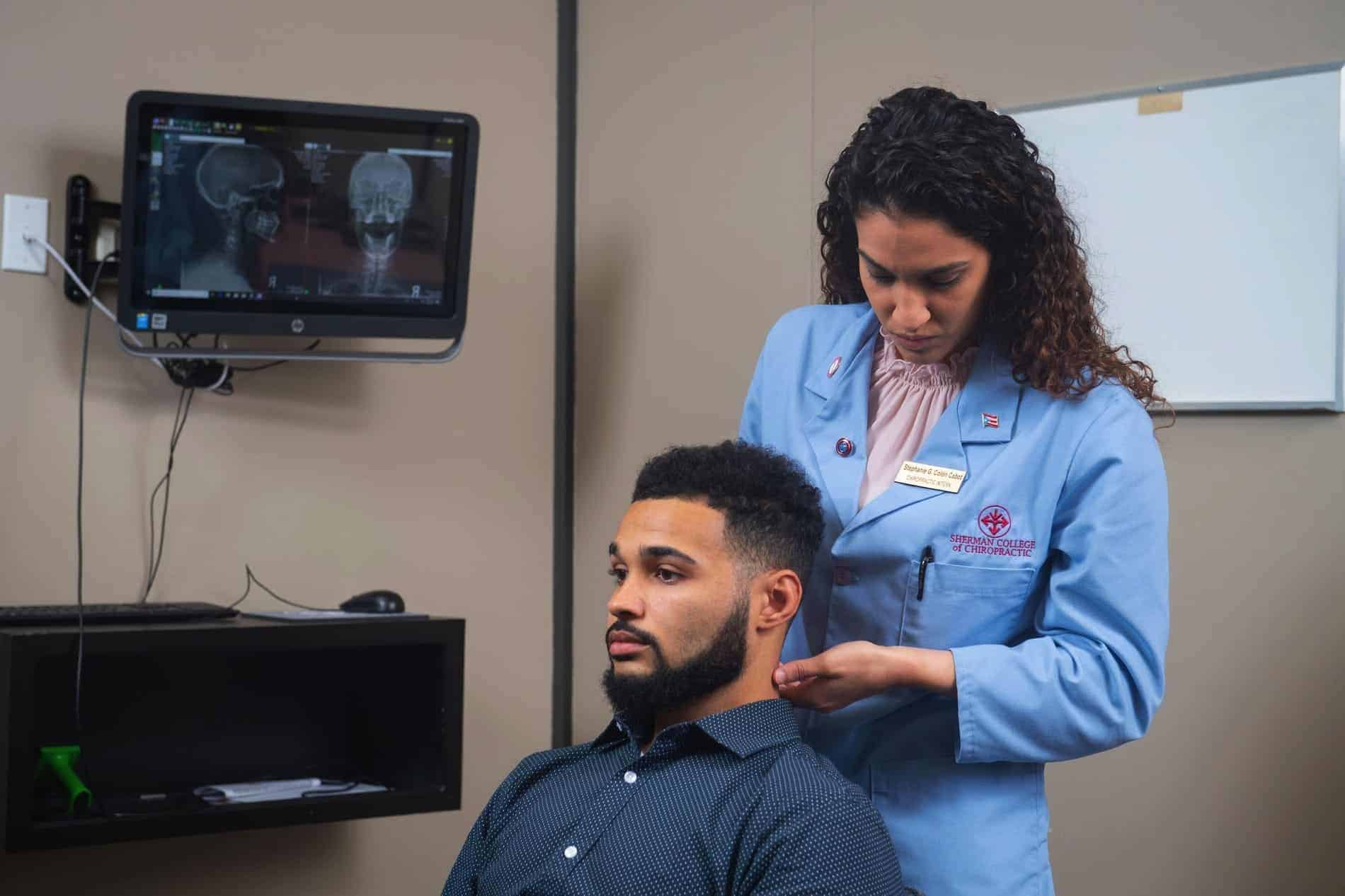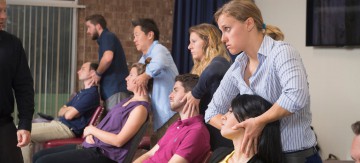Sherman College recently submitted the following statement to the College of Chiropractors of British Columbia (CCBC) regarding the use of radiography by doctors of chiropractic.
Thank you for the opportunity to respond to the recent amendment to the Professional Conduct Handbook (PCH) regarding Diagnostic Imaging, specifically Part 2, Part 15.1 and Part 15.2.
Sherman College of Chiropractic follows an evidence-informed approach to the use of radiography in spine imaging. Doctors of Chiropractic are responsible for determining the safety and appropriateness of chiropractic care. This responsibility includes the detection and characterization of vertebral subluxations, congenital and developmental anomalies which may affect the selection of chiropractic techniques, and conditions which may contraindicate certain chiropractic adjusting methods. Radiography represents a useful tool to assist the chiropractor in making such determinations. Furthermore, radiography may disclose conditions requiring co-management or referral to another type of health care provider.
X-ray examinations should only be conducted when clinically indicated. The decision to x-ray a patient is based upon the case history, examination findings, the best available external evidence, the judgement of the chiropractor, and the preferences and unique features of the individual.
READ: An Evidence-Informed Approach to Spinal Radiography in Vertebral Subluxation Centered Chiropractic Practice by Christopher Kent, D.C., J.D.
Specific indications for x-ray examination in chiropractic practice have been published in clinical practice guidelines and textbooks. These indications provide useful guidance to the chiropractor, but must be correlated with history, examination findings, and the proposed chiropractic technique. We are concerned that the College of Chiropractors of British Columbia (CCBC) has relied on a biased and incomplete “Rapid Review” in adopting the amendments to the PCH, to the exclusion of evidence reaching different conclusions.
Ultimately, the decision of whether, when and how to employ imaging procedures, including radiography, must rest with the doctor who bears responsibility for the case. It cannot be delegated to individuals who have never examined the patient and bear no responsibility for the outcomes of such decisions. Clinical judgement cannot be reduced to regulations.
In addition to the clinical and risk management issues, the College is concerned that the PCH amendments conflict with Council on Chiropractic Education (CCE) Clinical Education Meta Competencies.
Specifically, Meta-Competency 1- Assessment & Diagnosis – states:
“CURRICULAR OBJECTIVE:
The program prepares students to –
A. Compile a case-appropriate history that evaluates the patient’s health status, including a history of any present illness, systems review, and review of past, family, and psychosocial histories for the purpose of constructing a differential diagnosis and directing clinical decision-making.
B. Determine the need for and availability of external health records.
C. Perform case-appropriate examinations that include evaluations of body regions and organ systems, including the spine and any subluxation/segmental dysfunction that assist the clinician in developing the diagnosis/es.
D. Perform and utilize diagnostic studies and consultations when appropriate, inclusive of
imaging, clinical laboratory, and specialized testing procedures, to obtain objective clinical
data.
E. Formulate a diagnosis/es supported by information gathered from the history, examination, and diagnostic studies.” (CCE Accreditation Standards Principles, Processes & Requirements for Accreditation. July 2020, Page 23).
The provisions of the PCH amendments, specifically 15.1 and 15.2, contradict these educational competencies.
Sherman College of Chiropractic appreciates the opportunity to offer comments on the PCH amendments, and strongly encourages the CCBC to rescind PCH Amendments 15.1 and 15.2. Issues relating to accreditation, risk management, standards of care, professional responsibility, ethics, and responsibility for patient outcomes are adversely affected by these amendments.
Sincerely,
Edwin Cordero, D.C.
President
Sherman College of Chiropractic






